The latest- generation Ford Ranger has grown bigger and more lavishly equipped, but it’s still dramatically smaller than the full-size F-series which is simply too much truck for many potential pickup buyers. Is it the right midsize option, however? Read the whole review at Headlight.News.
The “midsize” pickup truck is an evolving species. About 60 years ago, Japanese manufacturers started producing small pickups, which were badge-shifted to American domestic brands looking to offer low-cost alternatives.
When the oil crisis of 1973 hit, small truck sales took off. Japanese brands owned the field, whether you bought a Ford Courier or the virtually identical Mazda product. But over time, like all American vehicles, the mini-trucks were replaced with larger options, like the Ford Ranger series, which borrowed a name formerly used for a trim level of the F-series.
For a number of years, the midsize segment all but vanished, with choice down to the Toyota Tacoma and Nissan Frontier, Ford in 2011 abandoning its aging Ranger model. But around the world, midsize trucks kept selling and growing demand saw several competitors return, starting with the Chevrolet Colorado. Ford followed with the reborn Ranger in 2019.
Overview
When the Ranger made its comeback, buyers had to settle for an Americanized take on what was really intended for overseas markets. It was a reasonable option, but still made a number of compromises.
With the launch of a next-generation Ranger, Ford has directly targeted U.S. buyers.
The 2025 Ford Ranger is pretty big, but still dramatically smaller than the F-series which has become positively massive in its latest form.
The latest version of the midsize offering has clicked with American motorists, Ford selling Rangers at a brisk pace. Maybe the ironic thing is that the Ranger now sells in the same $30,000 to $60,000 range that the F-150 occupied not that many years ago, while the F-Series now starts at $44,095 and quickly goes up to $80,000 – or more.
Design
Ranger buyers used to have a choice between an extended cab and full crew cab, but now it’s all four-door crew cab all the time. The Ranger comes with a 5-foot bed, but it’s 4 feet between the wheel wells, so if you drop the tailgate, you can carry a full sheet of plywood.
Inside, the Ranger is cozy, especially in the back seat. But it’s rightsized for those who want to drive the truck every day. In looks, it’s pretty much a smaller version of the F-150. Ford knows how to use their design language for branding.
Ranger’s cabin is reasonably straightforward, and nice enough if you get the top Lariat trim with leather seats. There are also a tremendous number of options, especially if you decide you want to be the go-anywhere 4×4 guy with lights and winches and all that. You can of course get heated front seats and heated steering wheel, and power everything.
More Reviews
- A Week With: 2026 Genesis GV70 3.5T Sport Prestige AWD
- First Look: 2026 Subaru Uncharted EV
- A Week With 2025 Hyundai Kona Limited AWD
Powertrain
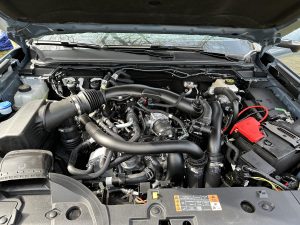
The standard Ranger has two powertrain options. The Raptor, meanwhile, uses a twin-turbo six making 405 hp and 430 lb0-ft of torque.
The basic Ranger comes with a 2.3-liter EcoBoost turbocharged four-cylinder engine, rated at a healthy 270 horsepower and 310 pound-feet of torque.
Optionally, you can upgrade to a 2.7-liter EcoBoost twin-turbo V6 with 315 horsepower and 400 pound-feet of torque. If that’s not enough, the Ranger Raptor has a 3.0-liter twin-turbo – with 405 horsepower and 430 pound-feet.
All of these engines pair with a 10-speed automatic transmission, and your choice of rear-wheel or four-wheel drive. Note that the Raptor is always four-wheel drive, though, and good luck trying to find any Ranger trim on a dealer lot without 4X4.
Safety and Technology
The Ranger is also up-to-date on technology, with a long list of advanced driver assistance features, starting with adaptive cruise control and also including blind spot monitoring, plus all the usual assortment of lane keeping and collision mitigation that goes with those.
On the dash, there’s at least an 8-inch touchscreen, and a larger touchscreen on the Lariat trim) and even a 360-degree surround-view camera system for maneuvering. Of special note, you can get the Ranger with Ford’s nifty pro trailer backup assist system and trailer sway control – two things definitely worth having!
Driving Impressions
You can tell that the Ranger is a body-on-frame truck with a solid rear axle by the harsher ride than some competitors – notably the unibody Honda Ridgeline. That just goes with the territory unless you opt for the compact Maverick Ute.
But there’s plenty of engine power in the 2.3-liter, even more in the 2.7. Either will tow up to 7,500 pounds, while the Raptor will tow up to 5,510 pounds. So you can pull a trailer similar to what you could handle with an F-150 20 years ago. The basic engines do pretty well on fuel, returning 19/26 for the 2.3-liter option, down to 16/18 for the Raptor.
As for the Raptor, well, it’s gonna be a Raptor, rough and rugged and designed to handle just about anything you can throw at it.
We drove the Lariat package and quickly realized we weren’t going to win any autocrosses, but our Ranger also proved more than capable off-road. That’s especially true with the terrain management system, trail control and more that you get in the FX4 and Tremor packages.
Wrap Up
Our test Ranger was typical for a press car, with Lariat trim and all the options. It retails for $54,065, and while the Ranger technically starts at $33,350 before fees, to get a useful truck you’ll want to at least go for the mid-grade XLT trim with four-wheel drive.
Just the basics on that trim will take the price to $40,660 including all fees. The minimum you can actually spend is $34,740 on a stripped-down XL trim, so you might as well take that first step up.
We can’t really recommend going higher than that, just for the simple fact that you’re well into F-150 territory at that point, and if you don’t want that, you’re probably going to be happier in a compact Maverick, anyway.

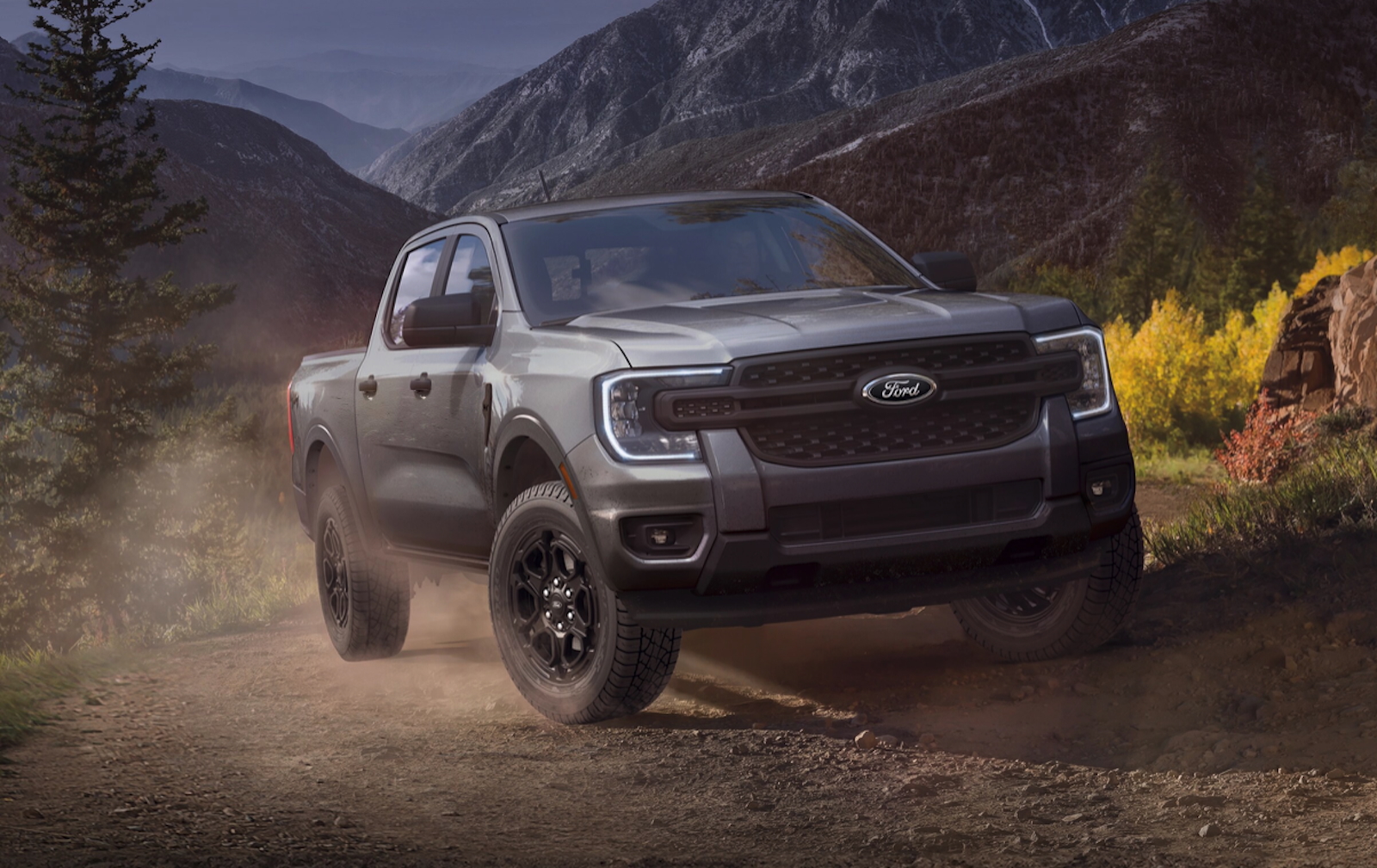
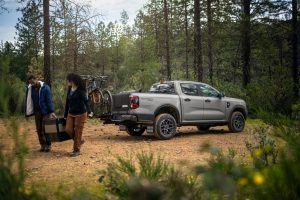
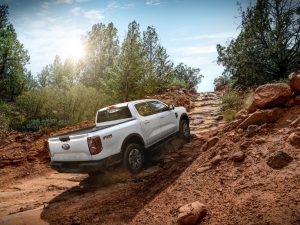
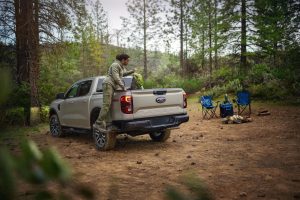
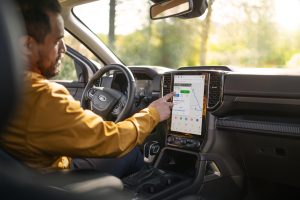
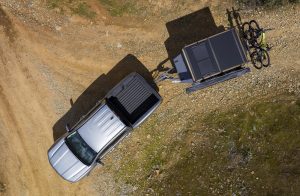

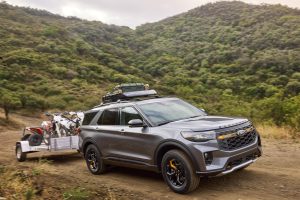
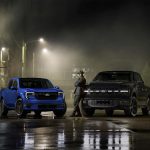
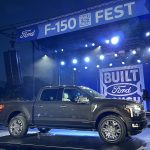
0 Comments